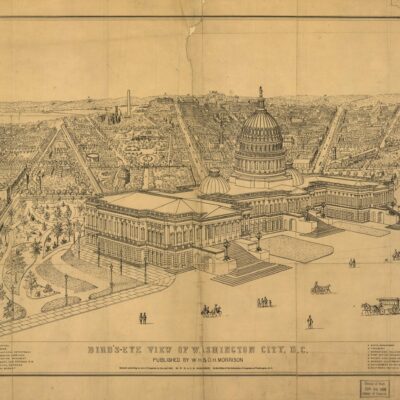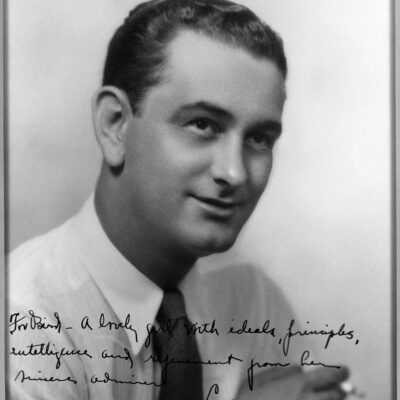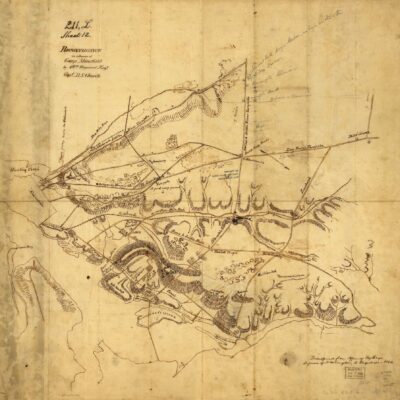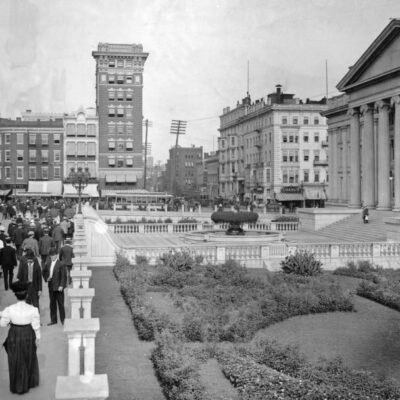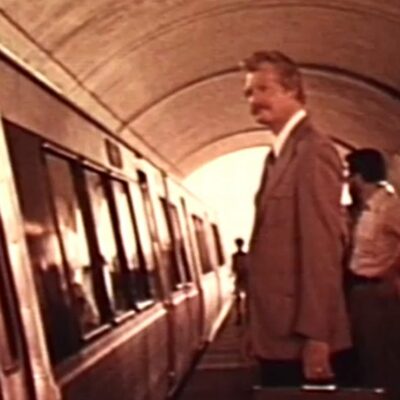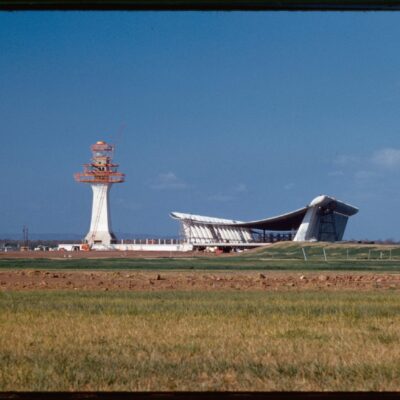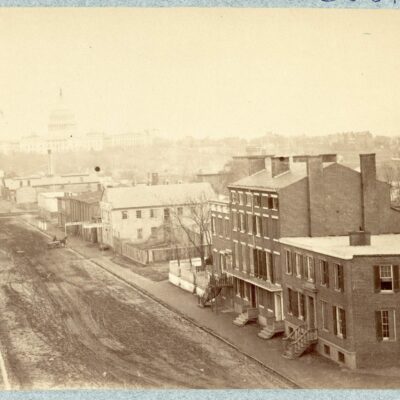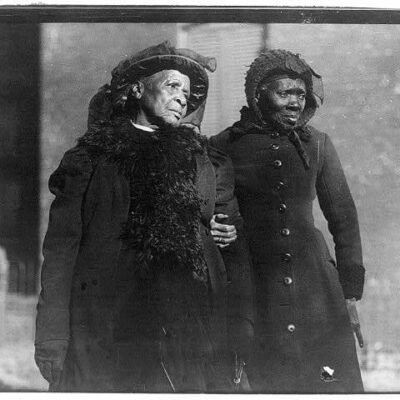In the heart of our nation’s capital stands an architectural gem steeped in history: the Smithsonian Castle. This striking structure has served as a symbol of enlightenment and education for over a century.
The Castle Rises Amidst Post-Civil War Reconstruction and Uncertainty
This photograph depicts the Smithsonian Castle shortly after the conclusion of the Civil War in 1865, capturing it at a pivotal moment in American history. The war left over 600,000 soldiers dead and the country bitterly divided. As the nation embarked on the immense challenge of reunification and rebuilding, the future seemed uncertain. It was a time of vast social, political, and economic upheaval as the country adjusted to the end of slavery and charted a new course forward.
During this tumultuous era, the Smithsonian Castle stood as a sign of America’s resilience and determination to heal and progress despite deep divisions. Its majestic presence was a reminder of the nation’s ideals of enlightenment and knowledge, which many hoped could help unite a fractured populace. The Castle seemed to represent the potential for unity, wisdom, and forward momentum during a transitional period filled with the aftershocks of a bloody civil war.
An Architectural Marvel Signifying Unity, Progress, and Resilience
The Castle’s construction began in 1847 based on a Romanesque Revival architectural design by James Renwick Jr. Its completion in 1855 marked a major milestone in American architecture at the time. With its distinctive regal presence of red sandstone, towers, and arches, the Castle provided inspiration to a war-weary nation seeking signs of unity and progress.
The building’s striking architecture signaled an appreciation for art, science, and humanities during a period of immense challenge and change. Moreover, the Castle seemed to convey a message of resilience, hope, and determination to rebuild and move forward as one nation. Its aesthetic beauty and craftsmanship stood in contrast to the damage and destruction of the Civil War years, thereby offering a glimpse of a promising future.
The Smithsonian: A Beacon of Knowledge, Discovery, and Enlightenment
Since 1846, the Smithsonian has championed the arts, sciences, humanities and preserving artifacts/knowledge. As America’s oldest, most renowned museum, it has been a profound resource for understanding our shared history.
Post-Civil War, the Smithsonian gained significance as a unifying force. It invited all Americans to learn about each other’s cultures and histories. Exhibits spread knowledge and ideas, promoting open minds and discussion.
Then as now, the Smithsonian represented ideals of enlightenment and understanding. During fragmentation, it provided a place to appreciate arts, nature, tech and civilization. The Smithsonian embodied human progress.
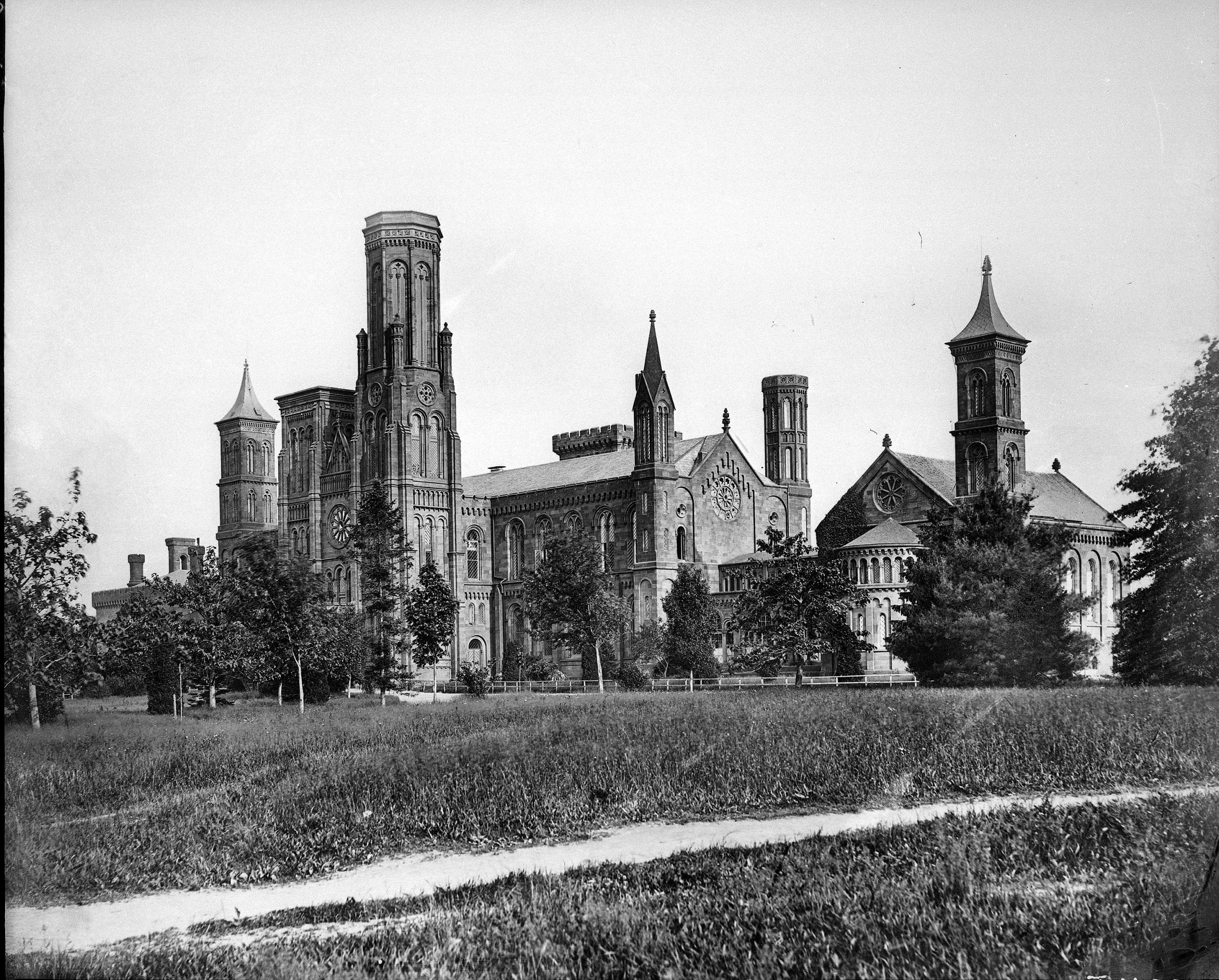
Expanding Its Scope and Reach Over Time
The original Castle still anchors the large Smithsonian network. However, exhibits and collections have expanded exponentially in 150+ years. From an initial focus, it now covers diverse topics – from aerospace to African American history to pop culture.
As it evolves, the Smithsonian continues its mission to educate, inspire, and share knowledge globally. It has gone beyond its Washington roots through traveling exhibits, outreach, and virtual experiences. These allow engaging vastly wider audiences.
An Enduring National Treasure and Beacon of Hope
For over 100 years, the Smithsonian Castle has been a treasured emblem of America’s love for the arts, knowledge, and discovery. Its majestic presence recalls the nation’s spirit of enlightenment and resilience through all challenges.
This iconic landmark inspires future generations while linking them to history. As a living museum, the Smithsonian continually strives to be an esteemed educational resource and national gem.
